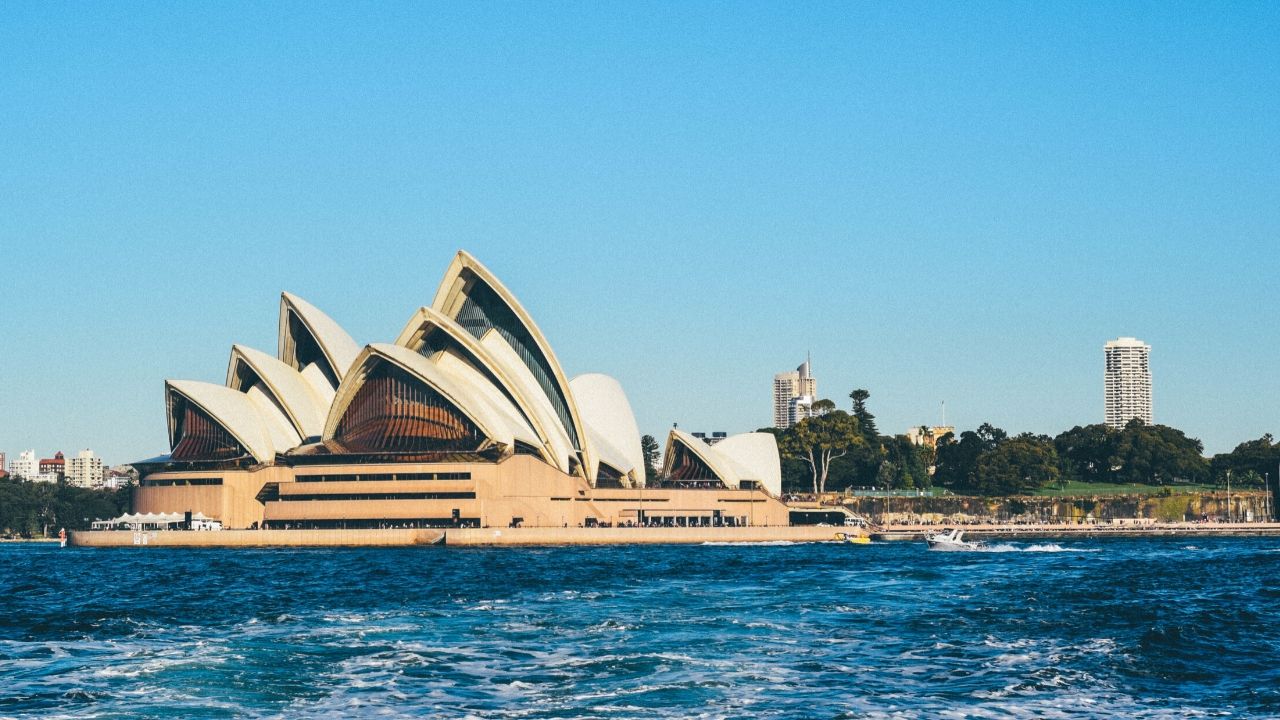The east coast of Florida has been threatened by a huge “algae blob,” according to several news sources. The New York Post reported that “massive seaweed bloom starts washing ashore on Florida beaches” CNN warned that an alga bloom twice the size of the U.S. is headed for Florida.
On the other hand, an oceanographer told reporters that this assertion is sensational in possible every way.
Dr. Yuyuan Xie uses satellites to study sargassum, a genus of large brown algae that floats around in island-like masses. “There is no ‘seaweed blob,’” Xie, who works in the Optical Oceanography Laboratory at the University of South Florida, told reporters. “But there is a 5,000-mile Great Atlantic Sargassum Belt,” which, Xie says, is comprised of less than one-tenth of one percent seaweed.
In other words, only 0.1 percent of the belt is made up of sargassum; the remaining 99.9 percent is “sargassum free,” or simply ocean water.

Floating Seaweed
The east coast of Florida and the Florida Keys have only been reached by only a “tiny portion of the seaweed within the belt,” Xie said, and it “is not moving toward Florida” like a fearsome monster.”
Sargassum seaweed belts are not technically a new phenomenon. According to a study published in the peer-reviewed journal Science, Christopher Columbus was the first to describe floating belts of Sargassum seaweed in the 15th century. According to experts, these “mats” have been “limited” and “discontinuous” in recent centuries.
In 2011, however, they reappeared more frequently and more densely, resulting in an 8,850-kilometer-long bloom that stretched from West Africa across the Caribbean Sea to the Gulf of Mexico. According to the researchers, this is the largest macroalgal bloom ever recorded. “Such recurrent blooms may become the new normal.”
Xie and his colleagues use NASA satellites to measure the Sargassum algae population and track its annual cycle. Xie described the phenomenon as “unusual” compared to a decade ago because “such a belt did not exist” However, this belt is typical, as the sargassum begins another annual cycle consistent with its activity over the past five years.
The National Oceanic and Atmospheric Administration (NOAA) notes that Sargassum is different from normal algae, which are normally held to the seafloor by root-like “holdfasts” In contrast, Sargassum floats on the ocean surface because it does not anchor itself to the bottom.
These sargassum belts often cover miles of ocean surface and can serve as a floating habitat for creatures such as sea turtles, bird species, crabs, and shrimp. Even a certain species of frogfish, called the “sargassum fish,” is found only in this environment.
The post Florida Won’t Be Affected By A ‘Seaweed Blob’, Claims Oceanographer appeared first on Traveling Lifestyle.
-----------------------------
By: Viktor Vincej
Title: Florida Won’t Be Affected By A ‘Seaweed Blob’, Claims Oceanographer
Sourced From: www.travelinglifestyle.net/florida-wont-be-affected-by-a-seaweed-blob-claims-oceanographer/
Published Date: Tue, 28 Mar 2023 21:44:13 +0000
Read More
Did you miss our previous article...
https://carefreevoyage.com/digital-nomads/7-best-hostels-in-dubai-for-solo-and-budget-travelers-in-2023
 Privacy PolicyTerms And Conditions
Privacy PolicyTerms And Conditions
